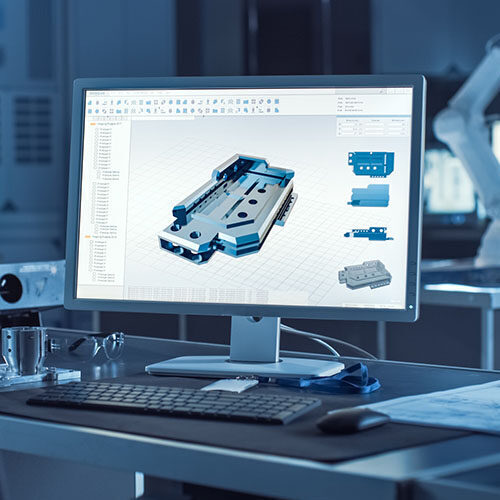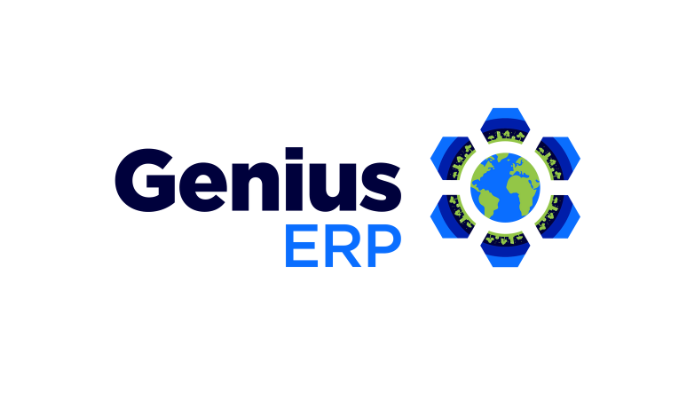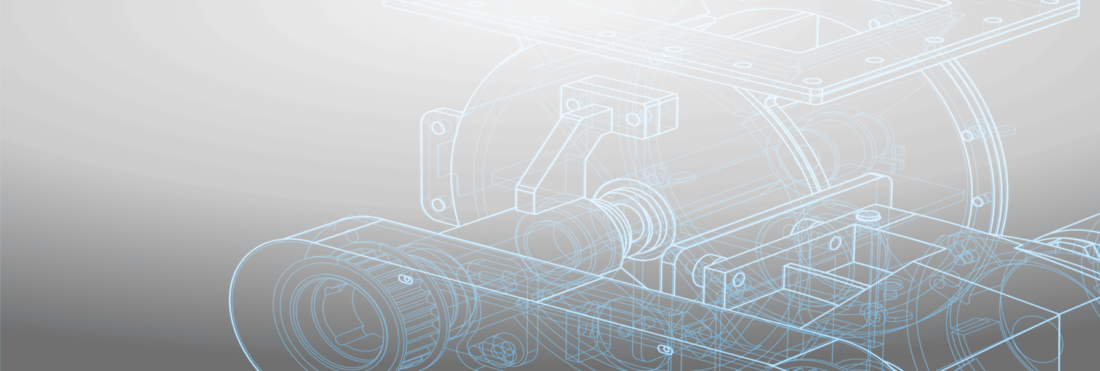
Two years in, the pandemic is continuing to cause economic turmoil. We know that many of you are dealing with it in your daily lives — broken supply chains, back orders, large increases in raw material costs, and longer lead times for deliveries.
In this free webinar we will take a look at purchasing practices and how ERP purchasing modules can help you deal with the current chaos.
Get your eBook Scared to implement a new ERP?
"*" indicates required fields



